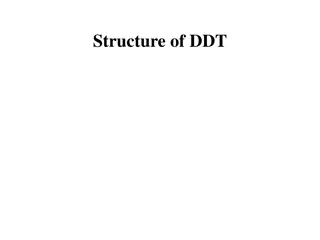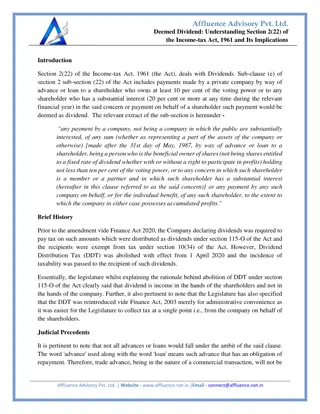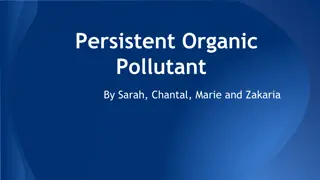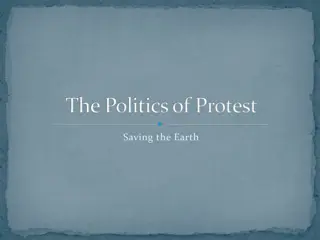The Discovery and Impact of DDT on Insect Control
Paul Miller's 1939 discovery of DDT as an effective insecticide led to its Nobel Prize recognition in 1948. DDT's preparation, physical properties, insecticidal effects, and environmental concerns are discussed, highlighting its widespread use in developing nations despite bans in advanced countries
0 views • 28 slides
Understanding Nonlinear Models in Statistics
Nonlinear models in statistics focus on exploring nonlinear relationships between quantitative variables. This involves defining exponential growth and decay, analyzing population data trends like the dramatic turnaround of bald eagles after the ban on DDT, and determining when linear models may not
0 views • 21 slides
Deemed Dividend-Understanding Section 2(22) of the Income-tax Act, 1961
Section 2(22)(e) of the Income-tax Act addresses Deemed Dividend, covering advances or loans given by private companies to shareholders with substantial interest. After the abolition of Dividend Distribution Tax (DDT) in 2020, the tax liability shift
0 views • 3 slides
Understanding Persistent Organic Pollutants and Their Impact
Persistent Organic Pollutants (POPs) are chemical substances that remain in the environment, bioaccumulate through food chains, and pose risks to human health and the environment. Examples include pesticides like DDT, industrial pollutants such as PCBs, and unintentional by-products like dioxins. In
0 views • 30 slides
The Evolution of Environmental Activism in the United States
The journey of environmental activism in the United States began with Rachel Carson's groundbreaking book "Silent Spring" in 1962, which raised awareness about the dangers of pesticides like DDT. This led to the establishment of organizations such as the Environmental Defense Fund and the celebratio
0 views • 11 slides




